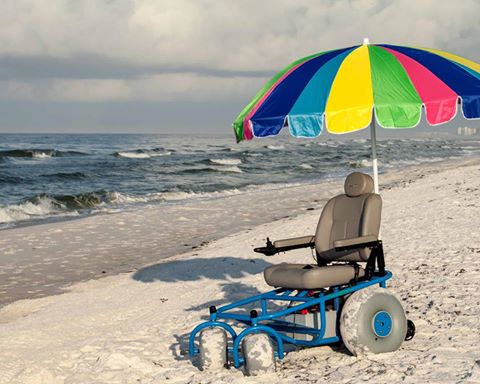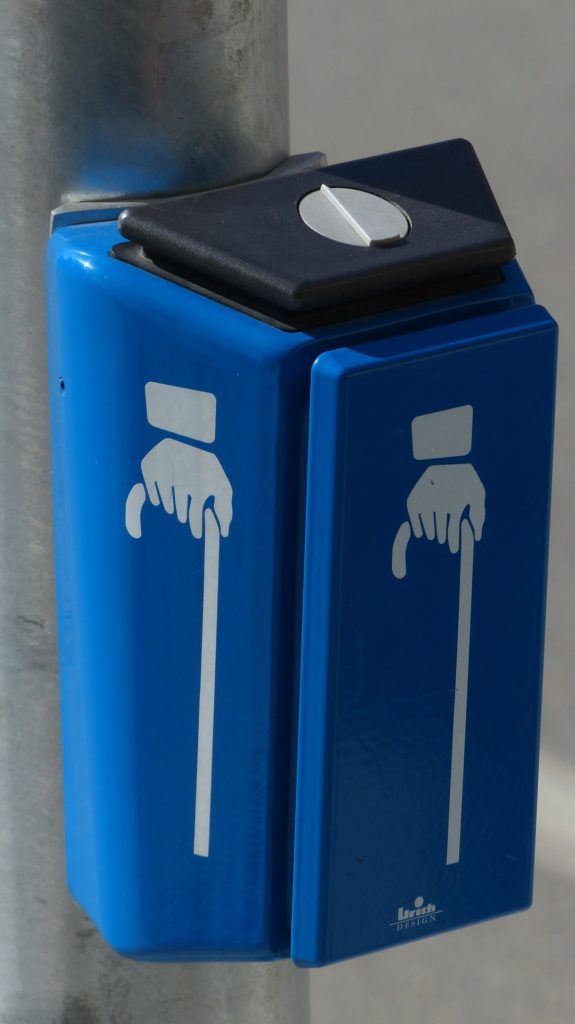
His breakthrough research can potentially transform treatment strategies for millions of MS patients worldwide, paving the way for more personalised and effective treatment plans.
In a multicenter observational study conducted across 13 hospitals in Spain and Italy, Dr. Enric Monreal and his team discovered that elevated serum neurofilament light chain (sNfL) levels, a protein indicating nerve cell damage at the onset of MS, can predict both relapse-associated worsening (RAW) and progression independent of relapse activity (PIRA). Furthermore, they found that serum glial fibrillary acidic protein (sGFAP) levels, a protein derived from astrocytes that enter the bloodstream when the central nervous system (CNS) is injured or inflamed, correlate with PIRA in patients with low levels of safety.
Key findings reveal that higher sNfL levels, indicative of acute inflammation within the CNS in MS, are associated with a 45% increased risk of RAW and a 43% increased risk of PIRA. Patients with high sNfL levels often did not respond well to standard disease-modifying treatments (DMTs) but showed significant benefits from high-efficacy DMTs (HE-DMTs) such as Natalizumab, Alemtuzumab, Ocrelizumab, Rituximab, and Ofatumumab.
In contrast, patients with high sGFAP levels—which indicate more localised inflammation driven by microglia in the CNS—and low sNfL levels experienced an 86% increased risk of PIRA. This group did not respond to current DMTs.
Interestingly, while sGFAP is known to be associated with progression, high sNfL levels limited the ability of sGFAP to predict this outcome. Specifically, sGFAP values were predictive of PIRA only in patients with low sNfL levels.“”The discovery of sNfL and sGFAP as predictive biomarkers enables us to customize treatment plans for MS patients more effectively,” says Dr. Monreal, a researcher in MS at Ramón y Cajal University Hospital and the study’s lead author. “Patients with low levels of both biomarkers have a positive prognosis and can be treated with injectable or oral DMTs. However, high sNfL levels indicate a need for HE-DMTs to prevent disability progression, while patients with high sGFAP levels and low sNfL values may require new therapeutic approaches. These distinct pathways in MS have significant therapeutic implications, as current DMTs primarily target the peripheral adaptive immune system without affecting CNS immunity. Therefore, identifying patients with higher levels of peripheral inflammation is crucial for preventing disability and improving patient outcomes.”
“The results of this study underscore the critical need for personalised treatment approaches to effectively manage the millions of people affected by MS worldwide, many of whom have chronic disability that significantly impacts their quality of life,” says Dr. Monreal.
“By measuring both sNfL and sGFAP levels at disease onset, we gain valuable insights into the progression pathways of MS, enabling clinicians to identify the optimal patients for specific DMTs. This approach aims to prevent disability while avoiding unnecessary treatment-related risks for those at lower risk.”

